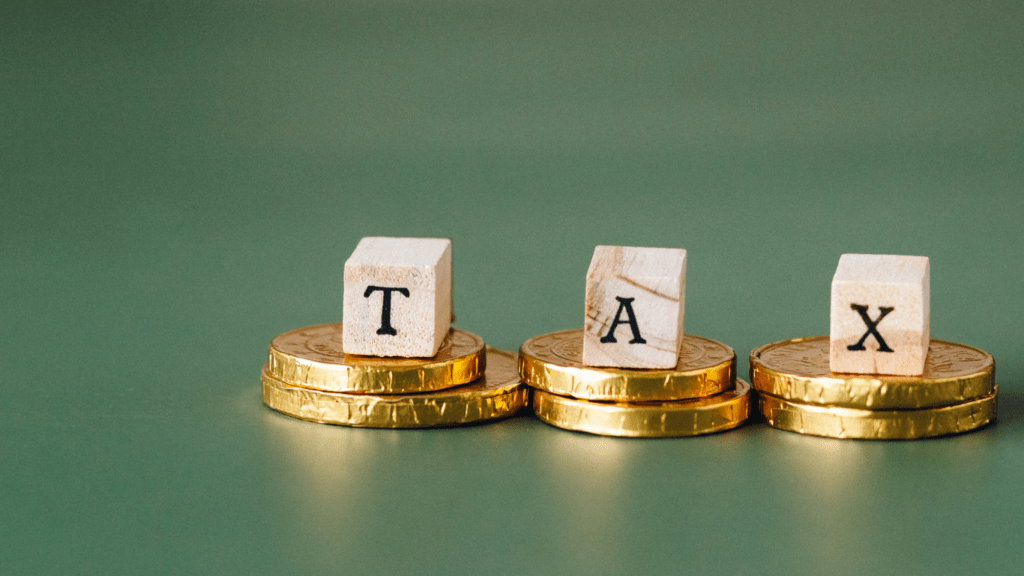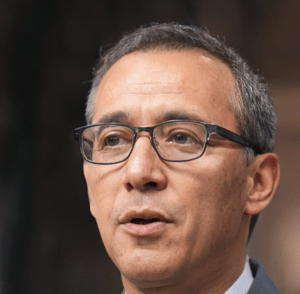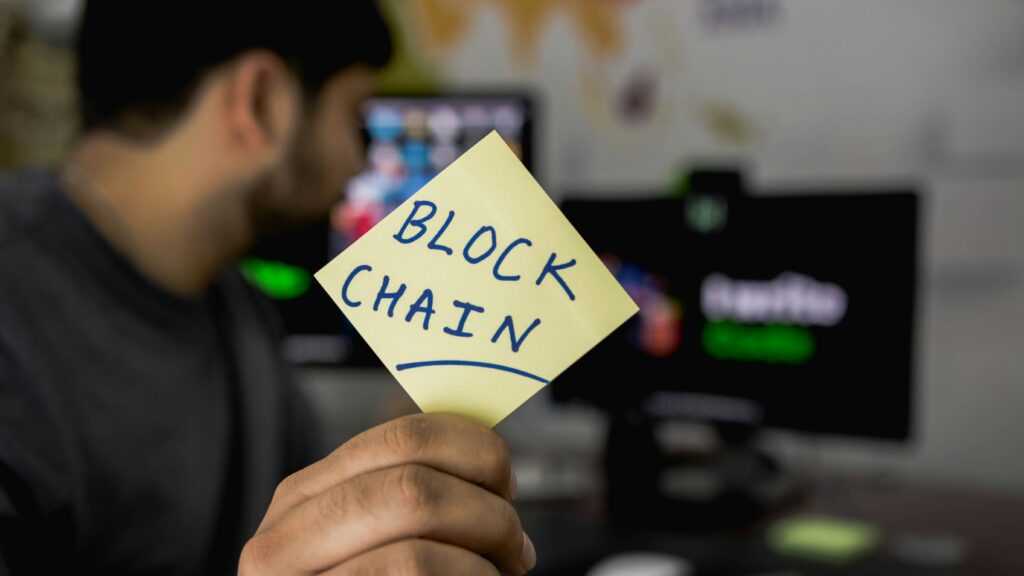Understanding Blockchain Technology
Blockchain technology utilizes a decentralized ledger to record transactions across multiple computers. Each entry’s timestamp ensures data integrity. Blockchain’s transparency arises from its public, immutable records, which anyone can view and verify. This combats fraud and fosters trust.
Blockchains consist of blocks. Each block contains data, a nonce, and a hash. Data includes transaction details. The nonce is a unique number, and the hash ensures the block’s integrity. Changes alter the hash, alerting the network, making tampering hard.
Blockchain networks come in public and private forms. Public blockchains, like Bitcoin and Ethereum, offer open transactions visible to all network participants. Private blockchains limit access to authorized users, making them ideal for governmental use, enhancing security and control.
Smart contracts enable automated transactions. These self-executing contracts hold codified terms, ensuring transparency and reducing the need for intermediaries. Governments adopt smart contracts to streamline operations, such as public procurement and compliance.
Consensus mechanisms validate transactions without centralized control. Mechanisms like Proof of Work (PoW) and Proof of Stake (PoS) ensure network agreement. PoW requires solving complex mathematical problems, while PoS depends on users staking their assets.
Interoperability between blockchain platforms is evolving. Governments need seamless data exchange, making cross-chain solutions crucial. Technologies like atomic swaps and bridges facilitate this connectivity, promoting efficient information flow.
In sum, blockchain’s decentralized, transparent, and secure attributes make it an ideal candidate for government applications. As I delve deeper into how governments adopt this technology, these foundational aspects underscore its transformative potential.
Early Adoption by Governments
Governments around the world are exploring and deploying blockchain technology for various civic functions. These early adopters aim to demonstrate blockchain’s potential to enhance transparency, security, and operational efficiency in government services.
Pioneering Countries
Estonia integrated blockchain technology into its e-Governance system by 2008. The country uses blockchain for services like digital identities, healthcare records, and voting systems. This move has positioned Estonia as a leader in digital innovation.
The United Arab Emirates (UAE) announced its Emirates Blockchain Strategy 2021 to shift 50% of government transactions to blockchain by 2021. They’ve implemented blockchain for document verification and land registry.
Georgia introduced blockchain technology in its property registration system by 2016. By collaborating with Bitfury, Georgia improved transparency and reduced fraud in land title registration.
Pilot Programs and Initiatives
- Dubai launched the Dubai Blockchain Strategy to make it the first blockchain-powered government by 2020. The initiative focuses on improving efficiency by digitizing administrative processes.
-
In 2018, the Illinois Blockchain Initiative started piloting blockchain applications for birth certificate verification, land title registries, and academic credentials. This initiative aims to streamline government services and reduce bureaucracy.
- Sweden’s Land Registry Authority tested blockchain for property transactions. By collaborating with startups like Chromaway, Sweden aims to create a more transparent and efficient land registry system.
- Brazil’s government developed pilot projects in areas like anti-corruption and procurement. The Ministry of Planning launched blockchain-based systems to increase accountability and reduce fraud in public spending.
Applications of Blockchain in Public Sector
Governments worldwide are leveraging blockchain technology for various public sector applications to improve transparency and efficiency.
Voting Systems
Blockchain voting systems offer enhanced security and transparency. Governments, such as those in Estonia and the US, have piloted blockchain-based e-voting platforms. These platforms ensure that votes can’t be tampered with, providing a verifiable and immutable voting record. This reduces fraud risks and increases voter confidence in election integrity.
Land Registry
Blockchain simplifies land registry and property transactions. It secures property records, reducing fraud and disputes. For example, Sweden and Georgia have implemented blockchain land registries, seeing significant reductions in processing times and costs. Blockchain’s immutability ensures that property records remain unaltered, fostering trust among citizens and institutions.
Public Records and Identity Management
Governments use blockchain for managing public records and identities. Blockchain enables secure, tamper-proof storage of birth certificates, marriage licenses, and other identity documents.
Estonia’s e-Residency program allows global citizens to access convenient digital services, proving blockchain’s viability in identity management. Blockchain’s decentralized nature offers better privacy and control over personal data.
Tax Collection and Compliance

Blockchain enhances tax collection and compliance by providing transparent and traceable financial records. Governments pilot blockchain to streamline tax payments, reduce fraud, and improve compliance.
For instance, Brazil and the United Kingdom explore blockchain to automate tax procedures and enhance the accuracy of tax records. This decreases administrative burden and increases revenue collection efficiency.
Benefits of Blockchain for Governments
Governments worldwide are investing in blockchain to transform their operations and public service delivery. The key benefits revolve around transparency, efficiency, and security.
Transparency and Accountability
Blockchain ensures transparency. Transactions on a blockchain are immutable and visible to authorized parties. This visibility helps citizens trust government actions. For example, blockchain-based voting systems allow public scrutiny, reducing electoral fraud. Property registration on blockchain provides a clear, tamper-proof history of ownership, enhancing accountability.
Efficiency and Cost Reduction
Blockchain streamlines processes. It removes intermediaries, reducing time and cost for government transactions. E-Governance platforms in Estonia and Dubai show significant cost savings. For instance, smart contracts automate tasks like:
- tax collection
- welfare distribution
minimizing errors and administrative overhead.
Enhanced Security
Blockchain fortifies security. Decentralized ledgers make unauthorized access difficult. Governments using blockchain can better protect sensitive data like healthcare records and personal identities. An example is Illinois’ pilot program for secure birth and death certificates, safeguarding against identity theft and fraud.
Governments recognize these advantages, propelling blockchain from pilot programs to mainstream adoption.
Challenges and Concerns
Governments face multiple challenges when adopting blockchain technology. Key issues revolve around regulatory hurdles, implementation costs, and public acceptance.
Regulatory Hurdles
Governments encounter regulatory challenges while integrating blockchain. Legal frameworks often lag behind technological advancements, creating confusion. Agencies must develop clear regulations that support blockchain use without stifling innovation. Inconsistent regulations across jurisdictions complicate international blockchain projects. An authoritative source, the World Economic Forum, highlights the need for coordinated global regulatory standards to facilitate blockchain adoption.
Implementation Costs
Blockchain projects require significant investment. Initial setup costs, including infrastructure and training, are high. For instance, the European Parliamentary Research Service outlines that implementing a national blockchain-based land registry can cost millions. Budget constraints often limit blockchain initiatives, especially in developing countries. Governments must balance the long-term benefits against immediate expenses to justify these investments.
Public Acceptance
Public acceptance remains a critical challenge. Misinformation about blockchain technology creates distrust among citizens. Transparent communication is essential to build public confidence.
Governments can conduct educational campaigns explaining blockchain’s benefits and security features. An example is Estonia’s e-Governance Academy, which educates citizens on digital services, including blockchain, to increase trust and usage.
Future Prospects
Governments are exploring future prospects of blockchain technology to improve public services and operations. Key areas of focus include global collaboration and innovations.
Global Collaboration
Governments are working together to standardize blockchain regulations and protocols. The European Blockchain Partnership (EBP) involves 29 countries creating a trusted digital environment across borders.
In the Asia-Pacific, there are collaborations like the ASEAN Blockchain Consortium aimed at enhancing regional integration and reducing trade barriers. By creating international alliances, governments foster an interoperable blockchain ecosystem that transcends national borders.
Innovations and Advancements
Governments are driving innovations in blockchain technology. For example, China’s Blockchain-based Service Network (BSN) provides a large-scale infrastructure to support blockchain-based applications.
The United States is also exploring blockchain for supply chain security and transparency through initiatives like the Food and Drug Administration’s (FDA) pilot projects. These advancements enable governments to streamline processes, enhance security, and provide better public services through blockchain’s decentralized nature.



 Founder & CEO
Daniel Anderson is the visionary founder and CEO of the website, leading the charge in revolutionizing the crypto space. With a deep understanding of blockchain technology and years of experience in the industry, Daniel has established himself as a key figure in the cryptocurrency world. His passion for decentralization and financial innovation drives the platform’s mission to deliver cutting-edge insights and resources for crypto enthusiasts, traders, and investors. Under his leadership, the website has grown into a trusted hub for the latest trends, news, and developments in the digital asset space.
Founder & CEO
Daniel Anderson is the visionary founder and CEO of the website, leading the charge in revolutionizing the crypto space. With a deep understanding of blockchain technology and years of experience in the industry, Daniel has established himself as a key figure in the cryptocurrency world. His passion for decentralization and financial innovation drives the platform’s mission to deliver cutting-edge insights and resources for crypto enthusiasts, traders, and investors. Under his leadership, the website has grown into a trusted hub for the latest trends, news, and developments in the digital asset space.
